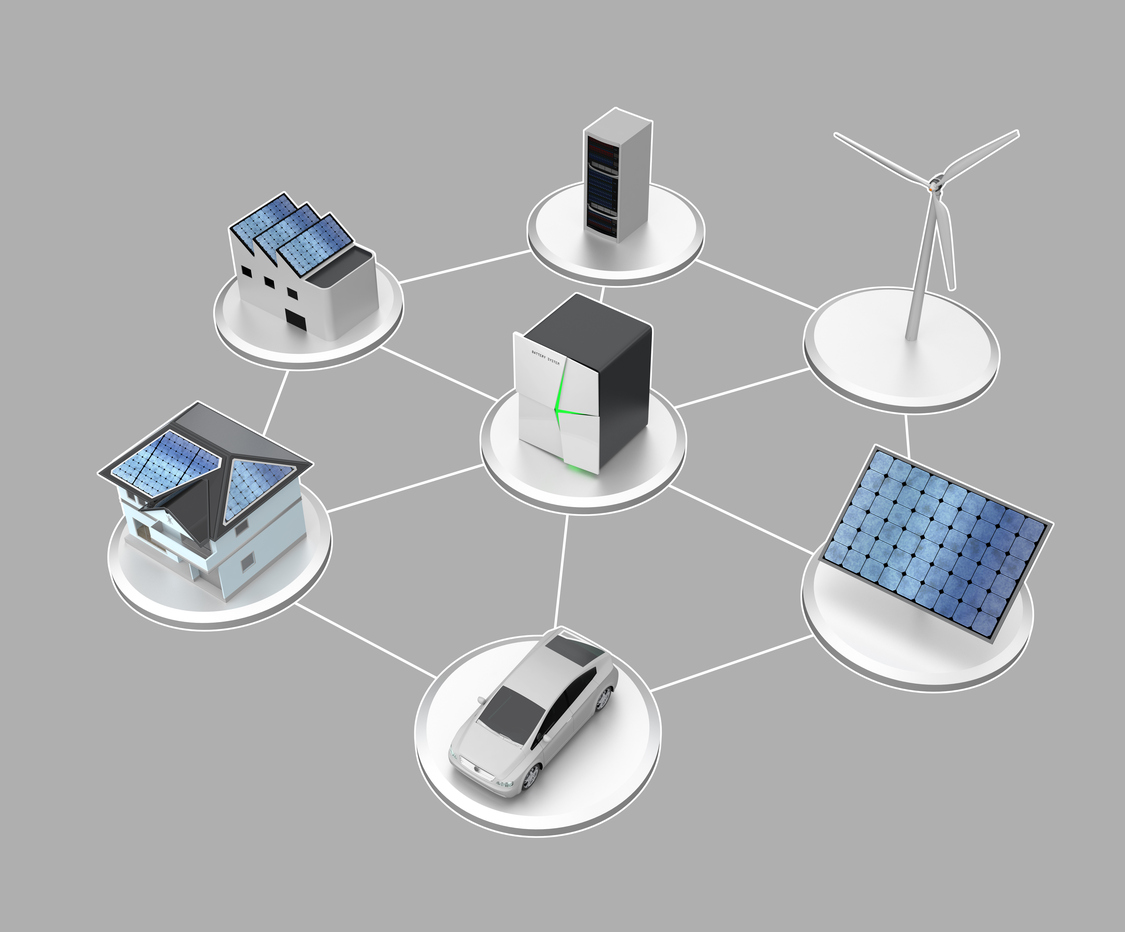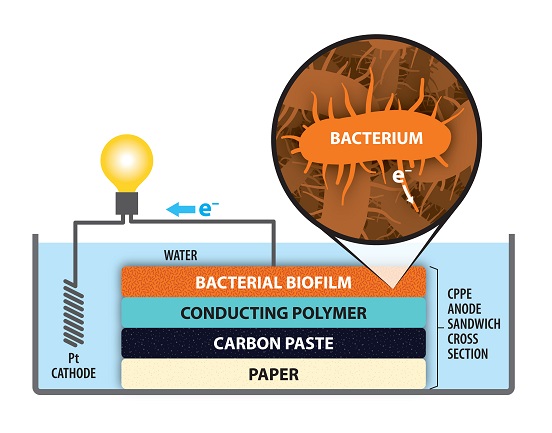 A team of researchers from Texas A&M University is looking to take the negative impact of excessive levels of carbon dioxide in the atmosphere and turn it into a positive with renewable hydrocarbon fuels.
A team of researchers from Texas A&M University is looking to take the negative impact of excessive levels of carbon dioxide in the atmosphere and turn it into a positive with renewable hydrocarbon fuels.
Greenhouse gasses trap heat in the atmosphere and therefore impact global temperatures, making the planet warmer. Carbon dioxide, the most common greenhouse gas, is emitted into the atmosphere upon burning fossil fuels, solid waste, and wood products, and makes up 81 percent of all greenhouse gas emissions in the U.S.
“We’re essentially trying to convert CO2 and water, with the use of the sun, into solar fuels in a process called artificial photosynthesis,” says Ying Li, principal investigator and ECS member. “In this process, the photo-catalyst material has some unique properties and acts as a semiconductor, absorbing the sunlight which excites the electrons in the semiconductor and gives them the electric potential to reduce water and CO2 into carbon monoxide and hydrogen, which together can be converted to liquid hydrocarbon fuels.”
This from Texas A&M University:
The first step of the process involves capturing CO2 from emissions sources such as power plants that contribute to one-third of the global carbon emissions. As of yet, there is no technology capable of capturing the CO2, and at the same time re-converting it back into a fuel source that isn’t expensive. The material, which is a hybrid of titanium oxide and magnesium oxide, uses the magnesium oxide to absorb the CO2 and the titanium oxide to act as the photo-catalyst, generating electrons through sunlight that interact with the absorbed CO2 and water to generate the fuel.


 Researchers from Oregon State university have developed the first battery that uses only hydronium ions as the charge carrier, which the team believes could yield promising results for the future of sustainable energy storage.
Researchers from Oregon State university have developed the first battery that uses only hydronium ions as the charge carrier, which the team believes could yield promising results for the future of sustainable energy storage. A new study published in the
A new study published in the 
 In an effort to purify water, researchers from the University at Buffalo are using carbon-dipped paper to make dirty water drinkable.
In an effort to purify water, researchers from the University at Buffalo are using carbon-dipped paper to make dirty water drinkable. New technology that mimics the branches and leaves of a cottonwood tree can generate electricity with the help of the wind.
New technology that mimics the branches and leaves of a cottonwood tree can generate electricity with the help of the wind. When a May 2016 crash
When a May 2016 crash  The
The 
